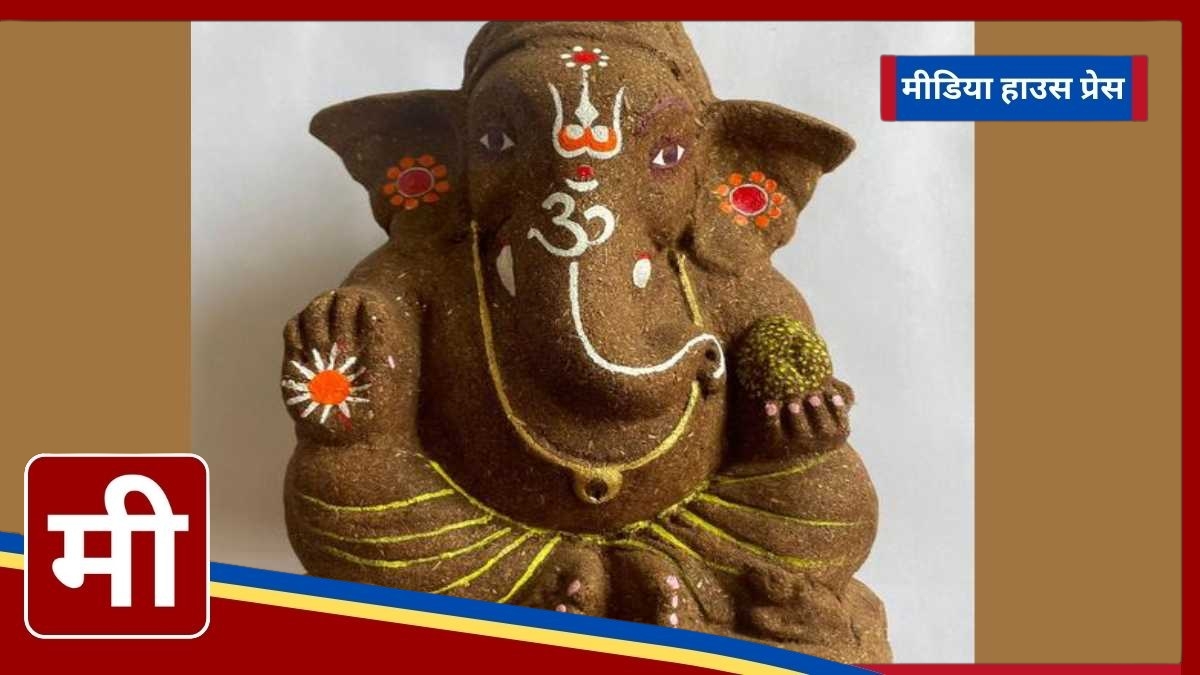The Significance of Gobar Ganesh
Cow dung is regarded as sacred and pure in Indian culture. For centuries, it has been associated with religious and spiritual importance. Items made from cow dung are believed to dispel negative energy while attracting positivity and prosperity. Additionally, cow dung’s use as an organic and eco-friendly material further enhances its value. It is believed that worshiping Gobar Ganesh brings blessings of wealth and success, helping to remove obstacles in one’s life.
How to Make Gobar Ganesh
Creating a Gobar Ganesh idol at home before Lakshmi Puja is considered auspicious and is a straightforward process that requires minimal materials.
Required Materials
- Pure cow dung
- Water
- Betel leaf
- Turmeric, kumkum (vermilion)
- Rice
- Flowers
- Ganga water (for purification)
Step-by-Step Process
- Prepare the Cow Dung Mixture: Take pure cow dung and mix it with a little water to create a malleable consistency that can be easily shaped.
- Shape the Idol: Mold the cow dung into small balls and gradually shape them into the form of Lord Ganesh.
- Dry the Idol: Allow the Ganesh idol to dry completely to ensure it becomes sturdy.
- Set on Betel Leaf: Take a betel leaf, purify it with Ganga water, and place the Gobar Ganesh idol on it.
The Worship Rituals
During Lakshmi Puja, the Gobar Ganesh idol is worshiped following traditional rituals:
- Offerings: Start by placing turmeric, kumkum, and rice on the idol.
- Flowers and Lights: Offer flowers, and light incense sticks and lamps around the idol.
- Invoke Goddess Lakshmi: Along with Ganesh, invoke Goddess Lakshmi, seeking her blessings for prosperity and happiness.
- Devotion: Ensure that the worship is conducted with genuine devotion and faith, as this invites joy, prosperity, and peace into one’s life.
Immersion Process
After the Lakshmi Puja, the Gobar Ganesh idol is immersed in water. This ritual is believed to eliminate all negative energy and fill one’s life with positive vibrations. Before immersion, the idol is bathed again with Ganga water as a mark of gratitude.
